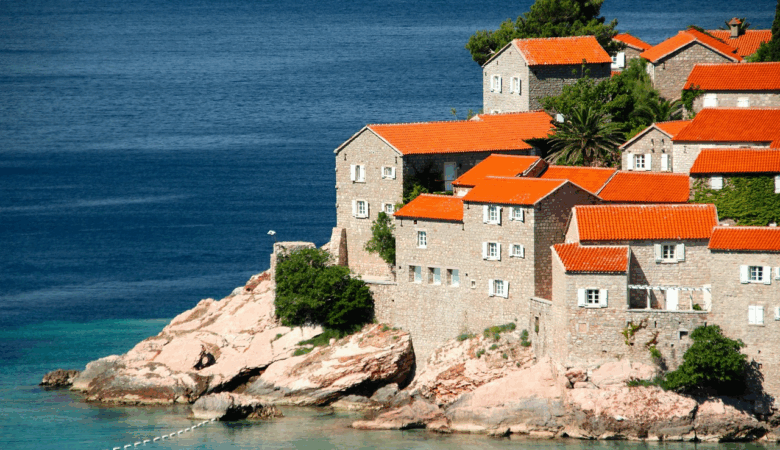The battle for dominance in Europe’s skies is intensifying as airline giants vie for strategic control of smaller carriers. With air travel rebounding and cash flow improving post-pandemic, major players are seizing the moment to strengthen their networks. Lufthansa has finalised its 41% stake in ITA Airways, while also acquiring 10% of airBaltic, positioning itself for greater influence across Europe. Meanwhile, IAG is closing in on a $1 billion stake in TAP Air Portugal, appearing to beat out competition from Lufthansa and Air France-KLM. These recent moves signal a renewed push for European airline consolidation, as legacy carriers seek financial stability and competitive advantage.
Lufthansa Expands with ITA and airBaltic
Lufthansa Group’s acquisition of ITA Airways marks a significant step in its expansion strategy. Rome Fiumicino is now its sixth hub, cementing Italy as a key market alongside Germany, Switzerland, Austria, and Belgium. The deal, worth €325 million, is reported to generate cost savings of up to €400 million by 2027. Lufthansa is also eyeing full ownership, depending on ITA’s financial performance.

Not stopping there, Lufthansa has also taken a 10% stake in Latvia’s airBaltic for €14 million. This move secures access to additional aircraft, particularly crucial given ongoing delivery delays across the industry. It also grants Lufthansa a seat on airBaltic’s supervisory board, giving it a say in future expansion plans. airBaltic, meanwhile, is pushing ahead with IPO plans in 2026, setting the stage for further market shifts.
IAG Eyes TAP as Its Next Move
IAG, the parent of British Airways and Iberia, is now the frontrunner in the race to acquire TAP Air Portugal. Analysts say IAG has the strongest case, given its success integrating Iberia and Aer Lingus. TAP’s extensive connections to Brazil and the US East Coast make it a valuable asset, fitting neatly into IAG’s transatlantic strategy.

The Portuguese government is expected to sell either a minority or majority stake in TAP, with formal negotiations set to begin later this year. While Lufthansa and Air France-KLM were initially in the running, IAG’s financial strength and ability to integrate TAP into its existing network make it the strongest bidder. The sale, however, won’t be without challenges – political instability in Portugal and potential regulatory scrutiny could delay proceedings.
The Case for Consolidation
These recent moves highlight a wider trend in European airline consolidation, as legacy carriers seek to remain financially viable in an increasingly competitive market. Compared to the United States, where four major airlines – American, Delta, United, and Southwest – control over 80% of domestic air travel, Europe remains far more fragmented. The EU’s strict regulations on foreign ownership and national interests have historically prevented large-scale mergers, leaving a patchwork of national airlines and competing alliances.
However, the European market appears to be shifting towards the US model, with major airline groups like Lufthansa, IAG, and Air France-KLM consolidating smaller carriers to streamline operations and improve financial resilience. Proponents argue this will lead to more efficient networks, better route connectivity, and cost reductions. Critics, however, warn that reduced competition could drive up fares and limit choices for consumers. European regulators will also be watching closely to ensure consolidation does not stifle market competition.
With Lufthansa embedding itself deeper in Italy and Northern Europe, and IAG making a play for TAP, the next phase of European airline consolidation is well underway. The key question is whether Europe will fully embrace the US model – or carve out its own version of consolidation while balancing national interests and competition.





Leave a Reply